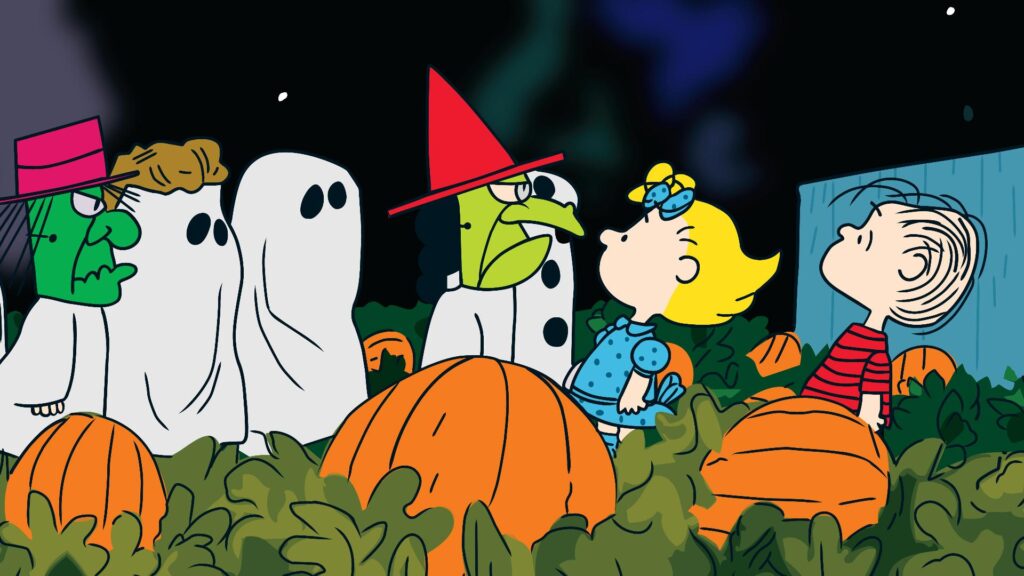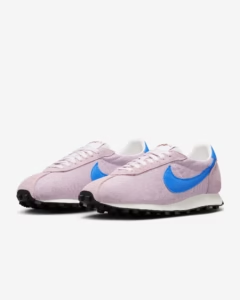In a media landscape dominated by constant content churn and the impermanence of trends, the reemergence of “It’s the Great Pumpkin, Charlie Brown” stands as a curious anomaly—both culturally enduring and dynamically evolving. Nearly six decades since its debut in 1966, this animated special, centered around the beloved Peanuts characters, has reasserted itself as a perennial fixture of the Halloween season. But what exactly fuels this resurgence, and how has a seemingly simple 25-minute television special managed to transcend generations, captivating audiences old and new?
Revisiting the Original Appeal
To understand the endurance of “It’s the Great Pumpkin, Charlie Brown”, we must first consider its origins. Created by Charles M. Schulz and directed by Bill Melendez, the special was initially met with skepticism. It eschewed overt holiday cheer in favor of a storyline infused with melancholia and tempered hope—a narrative exploration of expectation, disappointment, and the longing for belief in the face of skepticism. These themes, while subtly executed, form the backbone of the special’s emotional resonance. Linus’s quixotic quest to witness the Great Pumpkin is more than a mere subplot; it is an allegory for the very human pursuit of the extraordinary amidst the mundanity of everyday life.
Such thematic richness, accompanied by Vince Guaraldi’s iconic jazz score, evokes a sense of nostalgia that resonates deeply, especially in an era where traditional family gatherings around the television are a diminishing phenomenon. Yet, it’s precisely this nostalgic appeal that has catalyzed the special’s recent reemergence.
The Digital Renaissance: How Streaming Reframed a Classic
The trajectory of “It’s the Great Pumpkin, Charlie Brown” took a significant turn with the advent of digital platforms. Once relegated to broadcast reruns and DVD collections, the special found a new home on streaming services like Apple TV+. The transition was not without controversy—fans voiced concerns over exclusivity and the erosion of public access, sparking debates about the commodification of cultural staples. Yet, this move also afforded the special renewed visibility, ushering it into the viewing habits of a generation more accustomed to on-demand content than scheduled programming.
This integration into streaming libraries enabled The Great Pumpkinto engage with a broader demographic, one that may have lacked any pre-existing emotional attachment. Thus, what was once a nostalgic relic of baby boomer and Gen X childhoods has become a shared experience for millennials and Gen Z audiences, who find unexpected charm in its quaint animation style and earnest humor.
Social Media and the Amplification of Tradition
It would be remiss to overlook the role of social media in this resurgence. Platforms like Instagram, Twitter, and TikTok have cultivated vibrant spaces for fandoms, where nostalgia can be both expressed and commodified. Seasonal viewing of “It’s the Great Pumpkin, Charlie Brown” has transformed into a quasi-ritualistic event, complete with hashtags, memes, and user-generated content that collectively reinforce its status as a cultural touchstone. The special’s memorable lines—“I got a rock” being the most iconic—are ripe for repurposing, serving as humorous commentary on the unpredictability of modern life.
Merchandise and Marketing: The Commodification of Nostalgia
Of course, resurgence is rarely spontaneous. The resurgence of “The Great Pumpkin” has been carefully nurtured through strategic marketing and merchandising efforts. Seasonal merchandise floods retail outlets each October, featuring Peanuts characters donning witch hats and ghost costumes. From clothing connections to themed home decor, the iconography of “The Great Pumpkin” has been seamlessly integrated into consumer culture, reinforcing its association with Halloween.
Yet, this commodification also raises pertinent questions: To what extent can a piece of art remain genuine when its core essence is continually recontextualized for profit? Does the omnipresence of “The Great Pumpkin” in everything from plush toys to pumpkin spice lattes dilute its original emotional impact, or does it, paradoxically, elevate its cultural status?
Impression
There is a risk, however, that the relentless repackaging and ubiquitous marketing could render the special a caricature of itself, stripped of the subtleties that make it truly impactful. Already, there is a sense that its resurgence might be more a reflection of savvy marketing than genuine artistic rediscovery. Its cultural capital, while currently high, is contingent upon the very nostalgia that younger audiences may not yet fully share.
Whatever the outcome, one thing is clear: “It’s the Great Pumpkin, Charlie Brown” has cemented its place as more than just an animated special. It is a cultural artifact, one that invites us to ponder the resilience of hope, the complexity of belief, and the bittersweet nature of longing for something more. And in a world that often feels increasingly transient, its resurgence serves as a poignant reminder of the power of shared experiences and the enduring magic of tradition.
No comments yet.







